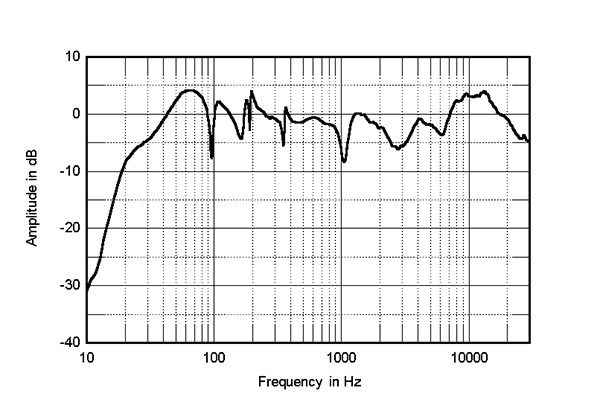Some bumps are good and others not so much.
With DSP, you get to add bumps where needed and where you want them to be, not where they just happened to be when the product shipped.
I find with most speakers I tend to like a bump from ~4-6khz. That adds a bit of edge and definition, much like one might expect with a very good pair of high efficiency horns. In particular it helps to keep your attention at lower volumes. The other tweaks I might apply often tend to be more room and listening position dependent.
In the chart in the original post, that relative peak at ~10k in conjunction with the dip just below will likely result in a piercing sound (more fatigue) that might only benefit in certain more extreme cases of hearing loss. Would not be for me most likely. though again it may be nothing that some smartly applied DSP couldn’t resolve. But even if so, better to not have to apply DSP to fix what appears to be a significant design flaw. Better to go with a more suitable design right out of the gate where any bumps perhaps might be better located and maybe even work in your favor in some cases. You decide! To me a good design is always preferrable.


